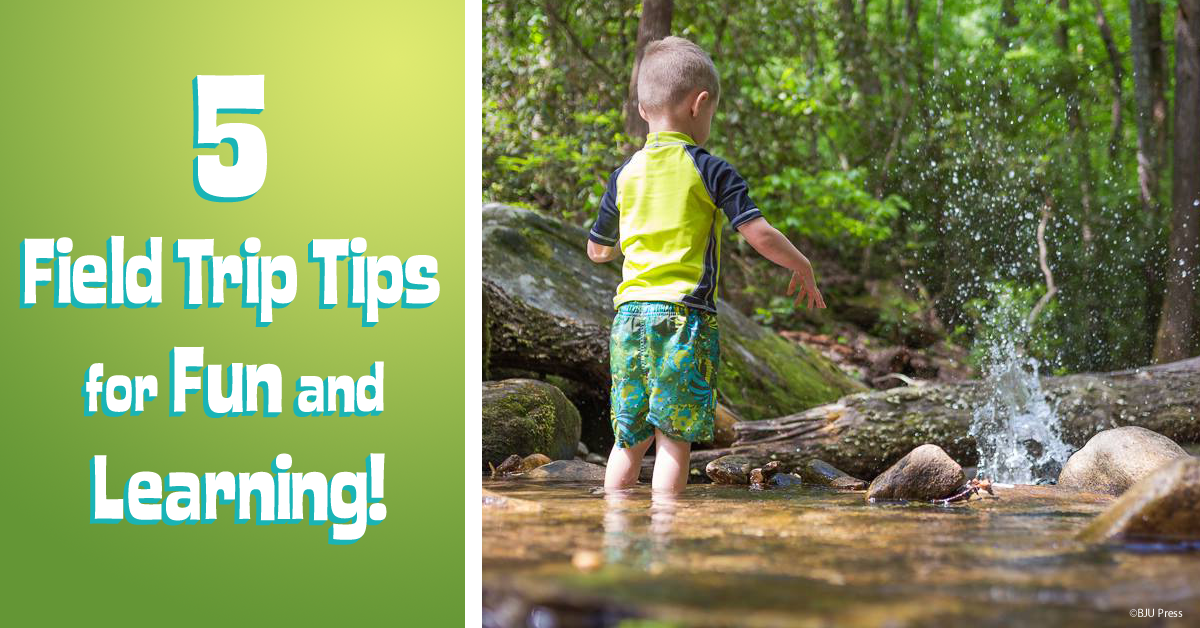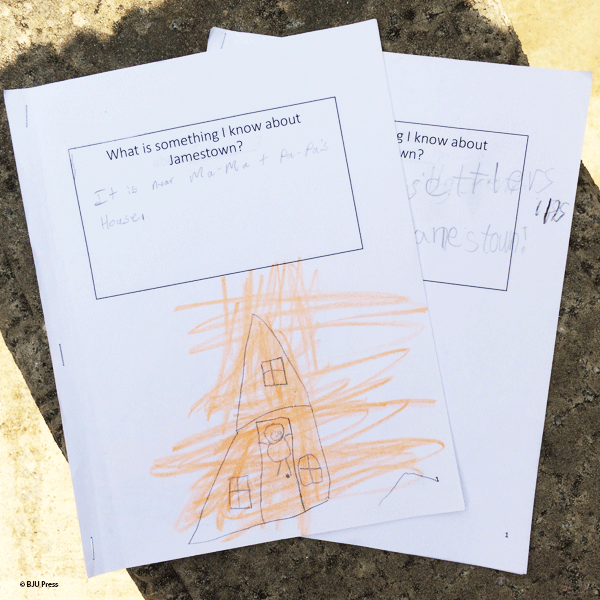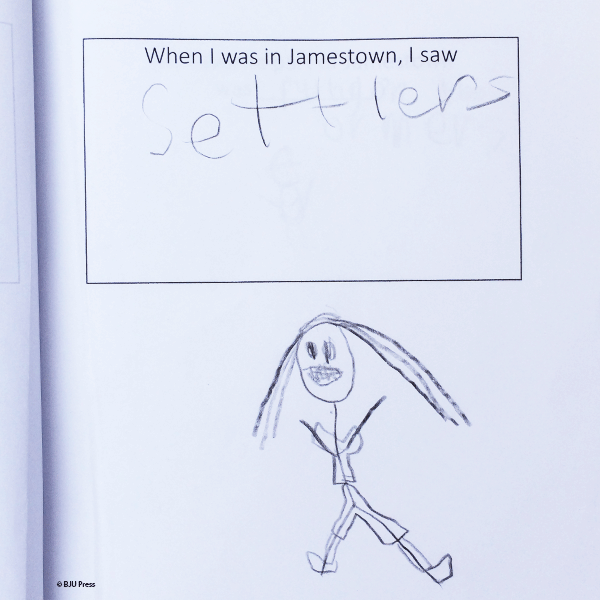
Need an idea for a fun, educational field trip not far from home? Visit a local farm! It’s a great way to connect with people in your community and learn about livestock and crops with other homeschooling families. With a little effort, you should be able to find some nearby farms that will afford your children a valuable learning experience.
Starting a Farm Field Trip
First, decide what type of farm you want to visit. Are you more interested in learning about crops or animals? A good option is a mixed farm, which has both. There are subsistence farms, which are just for the farmer and his family. Then there are commercial farms, which grow crops and breed animals to sell to the public. You could also choose to tour a dairy, pig, or poultry farm.
Planning Your Farm Field Trip
The next step is finding a farm, which is now a lot easier to do thanks to the internet! Try to use as many specific search words as you can; for example, “local dairy farms near me.” In just a few minutes you will be able to find farms along with their hours, locations, and prices. Many websites also include directions and reviews.
Another great way to find a farm is to ask people who know the area well and can recommend a good one to visit. They can tell you the best way to get in touch with a farm, whether it’s via phone, Facebook, or a website.
Once you have found the ideal farm destination, contact the owners and arrange a tour. This is usually done by calling them on the phone or sending them a message through Facebook or email. Some farms require a minimum number of guests in order to book a tour, so you may want to invite some other homeschooling families to join you. Besides, it’s more fun to share an experience with friends!
Determining Details
To ensure a smoother field trip, you may want to discuss a few things with your group. First, consider traveling arrangements. Are you all going to drive together or just meet there? Second, think about time frames. How long would families like to stay? Depending on the type of farm, expect your visit to last between one and two hours. Third, don’t forget about post-trip plans. Does everyone want to go home or do something else, such as go to a park? On our last visit, one of the homeschooling moms invited the group to her house for lunch and playtime afterward.
Following Up
The ride home is a wonderful opportunity to ask your children what they learned at the farm. Here are just a few questions my daughters and I discussed after our last farm trip:
- What was your favorite thing about the farm?
- What is something new you discovered on the tour?
- What did you learn about God on our trip?
Your Turn
Find a nearby farm, round up your family and friends, and enjoy a unique learning adventure!
• • • • •
Jennifer is a pastor’s wife and mom of two young girls and loves homeschooling them. During her own twelve years of being homeschooled, Jennifer developed a passion for reading and writing. She earned a bachelor’s degree in creative writing and relishes writing during her free time.





